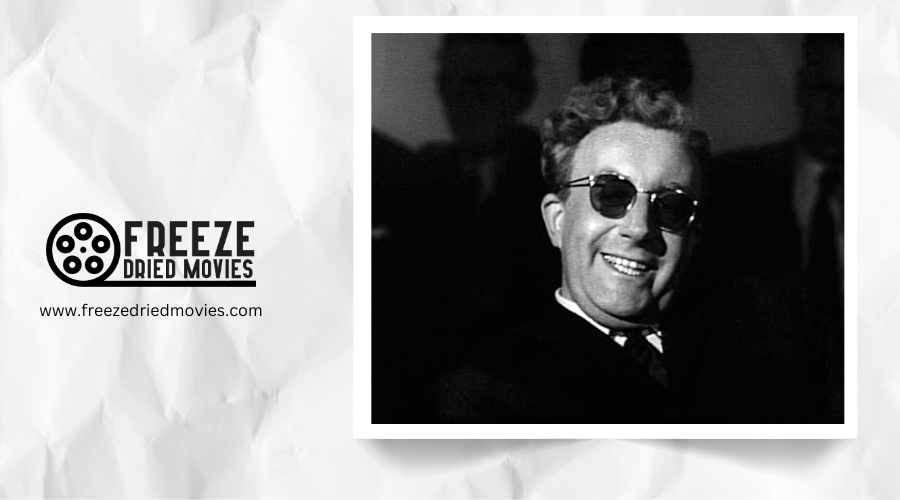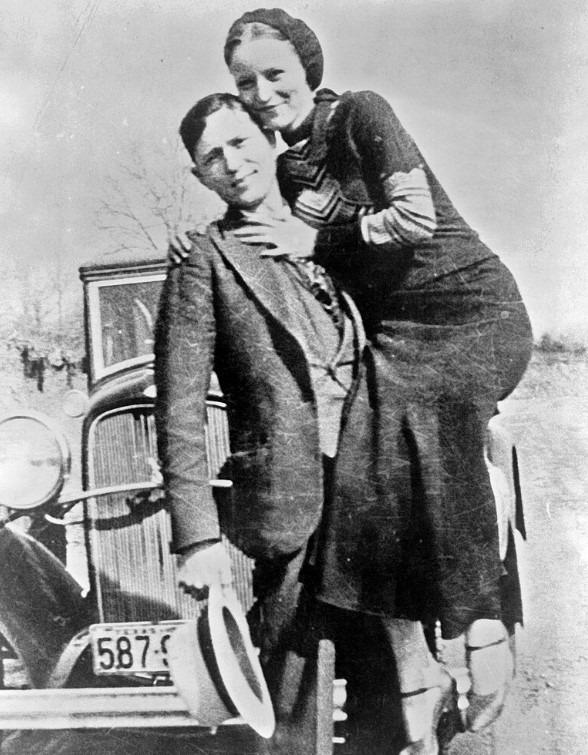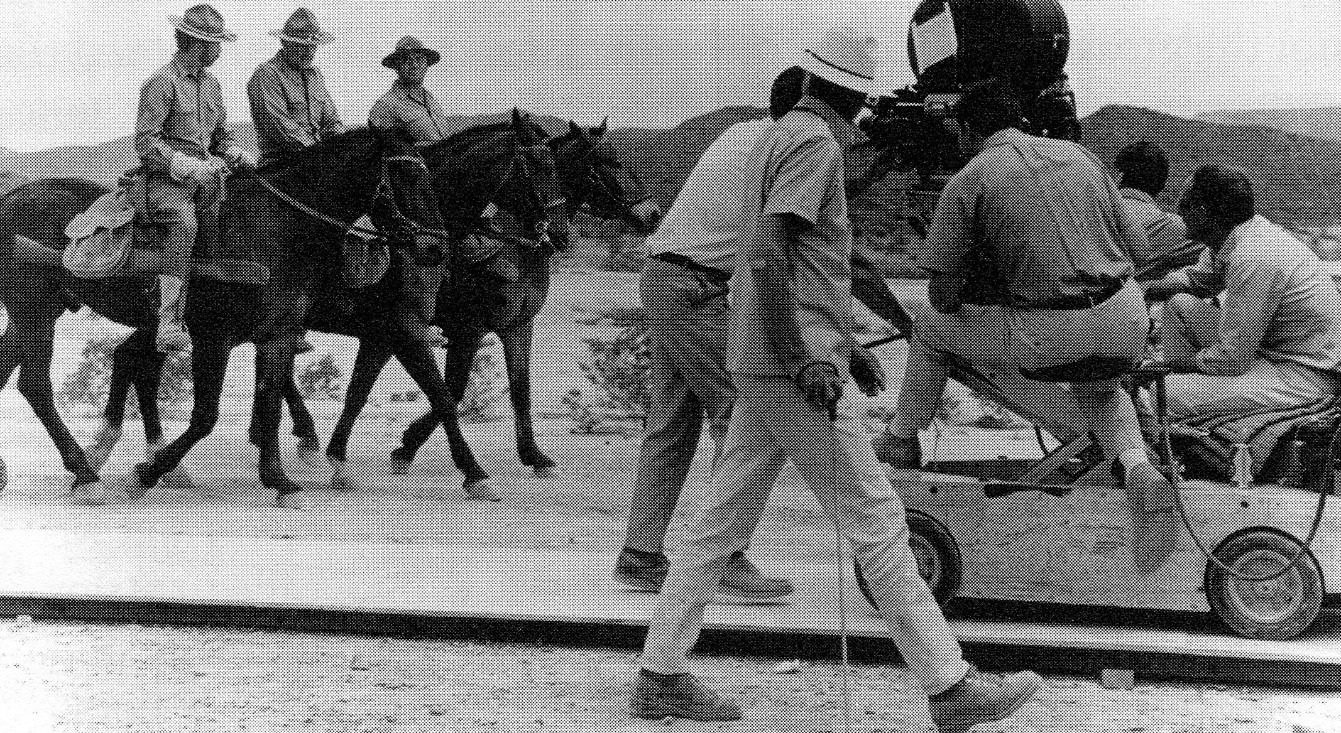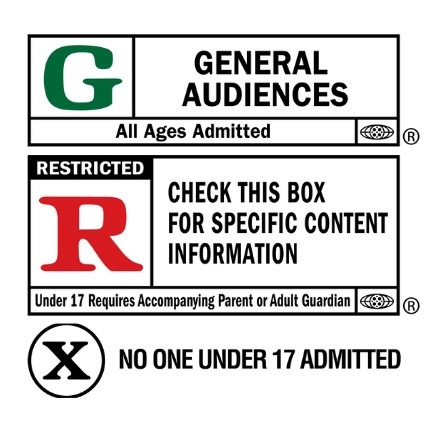Cinema as Social Commentary: How 1960s Films Shaped a Generation

You'll find that 1960s cinema radically altered American filmmaking from pure entertainment into a powerful voice for social change. As filmmakers broke free from traditional studio constraints, they tackled controversial topics like civil rights, Vietnam, and shifting sexual attitudes. Directors like Scorsese and Coppola pushed boundaries with darker themes and unconventional narratives, while documentaries exposed harsh social realities. The cultural impact of this revolutionary decade continues to influence how movies challenge and shape society today.
The Social Climate and Cultural Revolution of the 1960s
Anyone who lived through the 1960s witnessed a decade of extraordinary social upheaval and artistic innovation in cinema. During this pivotal era in American film history, you'd find movies that directly reflected the nation's anxieties about the Cold War, civil rights movement, and Vietnam conflict. The Motion Picture Association couldn't ignore the changing landscape as filmmakers pushed boundaries and challenged conventional storytelling. Even groundbreaking films like The Little Shop of Horrors used dark comedy to address societal fears and consumerism.
You'll notice how this period birthed what we now call new Hollywood, where directors dared to experiment with darker themes and unconventional narratives. From Psycho's groundbreaking horror to Dr. Strangelove's political satire, these films captured the decade's uncertainty and turmoil. The era's masterpieces, like To Kill a Mockingbird and The Graduate, didn't just entertain - they held up a mirror to society's struggles and transformations.

Cinema's Response to Civil Rights and Racial Justice
The film industry's response to civil rights during the 1960s revealed both progress and persistent problems in Hollywood's treatment of racial issues. You'll notice that while a new generation of filmmakers began pushing boundaries with films like Bonnie and Clyde, many studios continued portraying racial minorities through harmful stereotypes.
The introduction of the ratings system in 1968 opened doors for more intricate discussions of race, though change came slowly.
- Film school-trained directors brought fresh viewpoints on racial representation
- Traditional Hollywood often reinforced negative racial stereotypes
- Limited casting opportunities prevented authentic storytelling
- The MPAA ratings system allowed for more mature handling of racial themes
- Progressive filmmakers challenged the industry's established racial narratives
The gradual alteration showed how cinema could either perpetuate prejudice or become a powerful tool for social change. This evolution in representation was powerfully demonstrated when Duane Jones's role in Night of the Living Dead broke new ground as one of the first Black heroes in horror cinema.
New Hollywood's Break From Traditional Filmmaking
Major shifts in American cinema during the late 1960s sparked a creative revolution known as New Hollywood. You'll find this metamorphosis was driven by several key factors: the collapse of the Production Code, television's growing influence, and changing audience demographics.
The landmark Paramount Case of 1948 had already weakened the studio system's grip, but it was films like Bonnie and Clyde and The Wild Angels that truly ushered in a contemporary phase of filmmaking. These films dared to challenge traditional conventions with their graphic violence and counterculture themes.
As the old Hays Code gave way to the MPAA rating system in 1968, you'd see studios embracing younger filmmakers who brought fresh viewpoints to American Cinema, creating more daring and unconventional works that reflected the nation's shifting social milieu.
This revolutionary spirit in filmmaking would continue through later decades, ultimately influencing modern comic book adaptations like The Dark Knight, which pushed boundaries in its dramatic portrayal of complex themes and characters.

Violence and Social Unrest on the Silver Screen
During America's most turbulent decades, cinema became a powerful mirror reflecting societal upheaval and changing values. You'll notice how American films of the 1960s and early 1970s pushed boundaries like never before, with movies like The Wild Bunch breaking new ground in depicting violence and sexuality. This shift wasn't accidental - it directly responded to the era's social climate and youth market demands.
The Cold War's paranoia influenced psychological thrillers. Civil rights struggles found voice in socially conscious dramas. Vietnam War anxieties manifested in increasingly violent films. High-profile assassinations shaped darker storytelling themes. Sexual revolution challenged traditional movie censorship.
The new generation of filmmakers, armed with technical proficiency and historical knowledge, transformed these societal tensions into pioneering cinema. They didn't just shock audiences - they created meaningful commentary on America's evolving cultural milieu.
The Rise of Youth Counter-Culture in Film
As Hollywood's established studio system began crumbling in the late 1960s, young filmmakers seized the opportunity to revolutionize American cinema with bold artistic choices that appealed to, struck a chord with, or connected with counter-culture audiences.
Films like Bonnie and Clyde marked the beginning of this New Wave, combining shocking violence with humor in ways that reflected youth rebellion. The Wild Bunch and 2001: A Space Odyssey further challenged conventional values, speaking directly to a generation's growing cynicism. This New Hollywood movement gained momentum when the MPAA ratings system allowed filmmakers to investigate mature themes more freely.
Young directors, many fresh from film school, brought technical innovation and artistic depth to their work. Whether you were a young man in 1969 watching Midnight Cowboy or experiencing Star Wars in 1977, these films captured the essence of cultural change.
Changing Demographics and Audience Expectations
The sweeping alteration of moviegoing audiences in the 1960s forced Hollywood to reevaluate its entire approach to filmmaking. You'd find studios scrambling to connect with younger, college-educated viewers who craved more sophisticated content.
While established directors like Alfred Hitchcock adapted to the changing times, a new generation of filmmakers including Martin Scorsese, Francis Ford Coppola, and later Quentin Tarantino would emerge from this metamorphosis.
Key changes that shaped audience expectations:
- The collapse of the Hays Code opened doors for mature themes
- European and Japanese films influenced American tastes
- Television competition pushed theaters toward spectacle
- Higher education levels demanded more complex narratives
- Youth counter-culture rejected traditional Hollywood formulas
This demographic shift didn't just change who was watching movies - it revolutionized how movies were made, sparking a creative renaissance that would define American cinema for decades to come.

R rating symbol and block
"X"-rating as it appeared in theatrical posters prior to being retired and replaced by NC-17
Breaking Taboos: Sex, Violence, and Censorship
When Hollywood finally broke free from the restrictive Hays Code in the late 1960s, filmmakers seized their newfound freedom to investigate previously forbidden territory. You'll notice how films like Bonnie and Clyde and The Wild Bunch revolutionized on-screen violence, shattering the sanitized depictions of earlier decades. The Motion Picture Association of America responded by introducing its ratings system, which ironically enabled more daring content in adult films.
This new creative freedom allowed directors like Brian De Palma to examine mature themes with unparalleled honesty. Midnight Cowboy, which earned an X rating, broke ground with its frank portrayal of sexuality and gender roles. As younger, college-educated audiences demanded more sophisticated content, Hollywood responded by pushing boundaries and challenging social norms, forever changing how we experience cinema.
Influential Directors and Their Social Vision
During the critical 1970s, visionary directors emerged who'd redefine cinema's role in social commentary. Building on the success of groundbreaking films like Midnight Cowboy, directors like Scorsese captured New York's gritty underbelly, while Coppola examined the dark heart of the United States' power structures. You'll find these filmmakers pushed boundaries, tackling previously taboo subjects and challenging conventional storytelling methods.
- Scorsese's raw depiction of urban decay in Mean Streets and Taxi Driver
- Kubrick's Space Odyssey and its meditation on humanity's relationship with technology
- Altman's innovative use of overlapping dialogue to capture social fragmentation
- Coppola's exploration of institutional corruption and moral ambiguity
- Spielberg's ability to weave social commentary into mainstream entertainment
These directors changed cinema from mere entertainment into a powerful medium for cultural critique and social reflection.
Documentary Films as Tools for Social Change
Revolutionary documentary films emerged in the 1960s as powerful catalysts for social change, altering how Americans understood civil rights and urban uprisings. Film Studies scholars note how documentaries like Wattstax and I Am Not Your Negro challenged mainstream media's portrayal of these events through raw footage and firsthand accounts.
Before Francis Ford and a new generation of directors investigated Hollywood, educational series like The Urban Crisis brought critical viewpoints into classrooms. The content of films such as Felicia and Teddy examined the complex dynamics within Black activism, particularly as the movement shifted from Civil Rights to Black Power. You'll find that documentarians understood their medium's influence on public consciousness, carefully crafting narratives that encouraged learning rather than providing simple answers.
Films like "Detroit" demonstrated this commitment to accuracy, helping viewers engage with these volatile histories' ongoing impact.
The Legacy of 1960s Cinema on Modern Filmmaking
American cinema's change in the 1960s laid the groundwork for today's bold filmmaking milieu. You'll find the influence of that transformative era in every modern film that dares to challenge conventions.
The rise of maverick filmmakers like Ford Coppola, George Lucas, John Milius, and Peter Bogdanovich revolutionized storytelling techniques and production values.
- The MPAA ratings system freed directors to investigate mature themes without exploitation
- Technical innovations in cinematography and editing set new standards for visual storytelling
- The success of high-risk projects encouraged studios to invest in unique creative visions
- The integration of graphic content helped cinema evolve into a more authentic medium
- The emergence of director-driven narratives established auteur filmmaking as a viable commercial model
This creative revolution's impact continues to shape how you experience movies today, from independent films to blockbusters.




